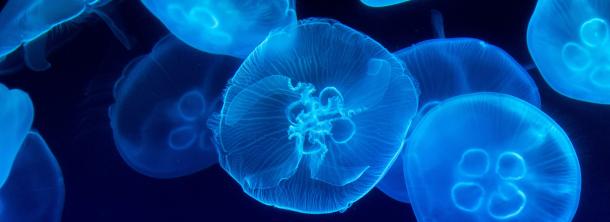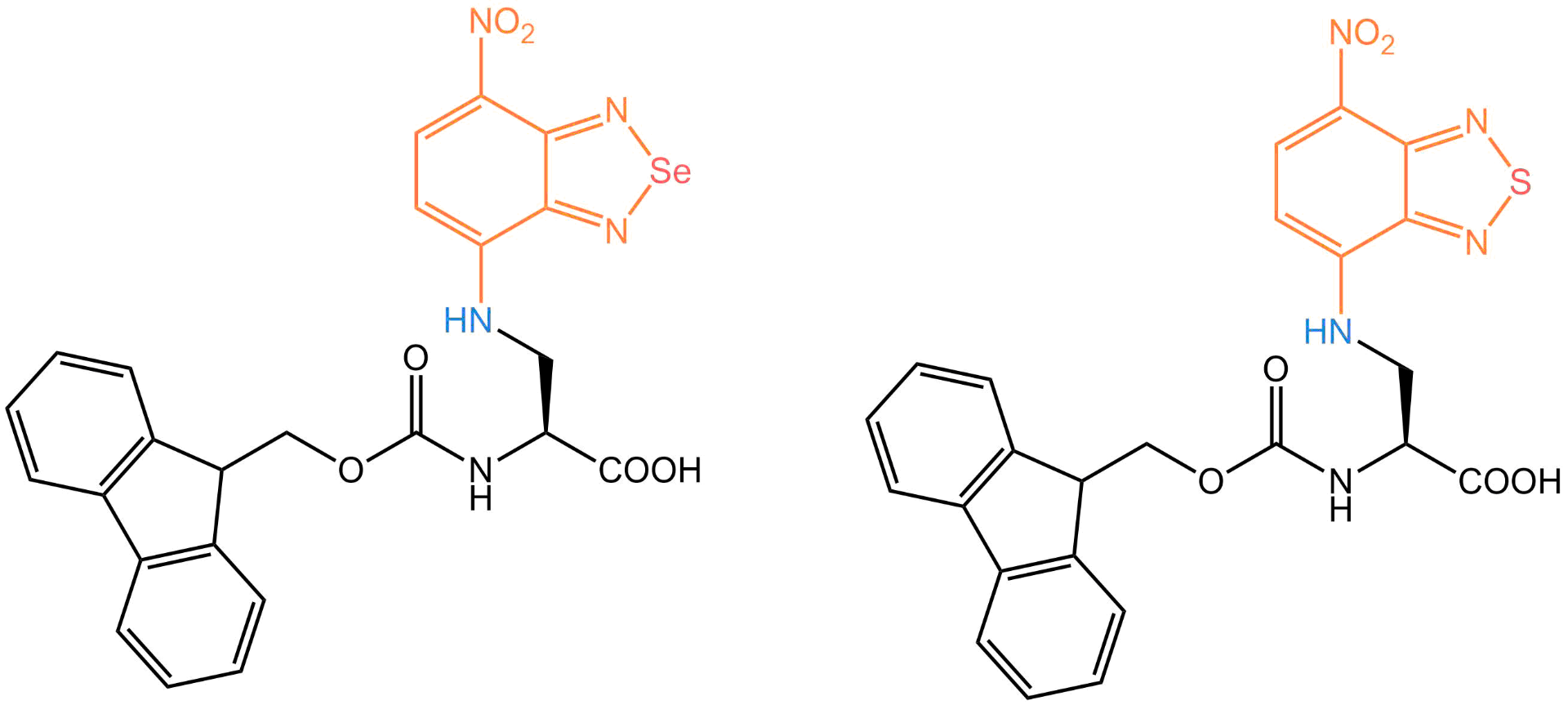Welcome to Iris Biotech
For better service please confirm your country and language we detected.

For better service please confirm your country and language we detected.

Thank you very much for your interest in our products. All prices listed on our website are ex-works, Germany, and may attract customs duties when imported.
You may/will be contacted by the shipping company for additional documentation that may be required by the US Customs for clearance.
We offer you the convenience of buying through a local partner, Peptide Solutions LLC who can import the shipment as well as prepay the customs duties and brokerage on your behalf and provide the convenience of a domestic sale.
Continue to Iris Biotech GmbHSend request to US distributorPublished on 20.02.2024

To visualize dynamic and changing non-polar structures like cell membranes in living systems, fluorescent probes are ideal when they only light up after reaching their designated environment. With this property, a probe does not require washing steps, e.g., after adding it to cultured cells, and thus makes it ideal for tracking live events with minimal disturbance.
For peptide guided wash-free imaging, Iris Biotech is offering two novel building blocks, Fmoc-L-Dap(NBSD)-OH (FAA7995) and Fmoc-L-Dap(NBTD)-OH (FAA8020), which may be used for the synthesis of fluorescent peptides by Fmoc-SPPS. The main characteristics of these small non-canonical amino acids are the nitrobenzoselenadiazole and nitrobenzothiadiazole side chains, which confer the desired fluorogenic properties while retaining the binding capabilities of the bioactive peptide due to their small size.

Left: FAA7995, the Fmoc-protected nitrobenzoselenadiazolyl building block; λabs,max = 488 nm, λem,max = 601 nm. FAA8020, the Fmoc-protected nitrobenzothiadiazolyl building block; λabs,max = 460 nm, λem,max = 546 nm.
With significant Stokes-shifts of around 90 nm and 120 nm, the absorption maxima of both compounds (measured in their unprotected state) are in the blue range (460 nm/488 nm), whereas their maximal emission is in the orange (546 nm) and red (600 nm) range, respectively. Interestingly, compared to the S-bridged molecule, the Se-bridged amino acid has an emission maximum at a 60nm higher wavelength. Furthermore, both amino acids come with good fluorescence quantum yields of around 20%.

Normalized absorption and emission spectra of FAA7995 (left) and FAA8020 (right).
References:
Small Fluorogenic Amino Acids for Peptide-Guided Background-Free Imaging. F. de Moliner, Z. Konieczna, L. Mendive-Tapia, R. S. Saleeb, K. Morris, J. A. Gonzalez-Vera, T. Kaizuka, S. G. N. Grant, M. H. Horrocks, M. Vendrell; Angew. Chem. Int. Ed. 2023; 62: e202216231.
https://doi.org/10.1002/anie.202216231.
Fluorescent amino acids as versatile building blocks for chemical biology; Z. Cheng, E. Kuru, A. Sachdeva, M. Vendrell; Nat. Rev. Chem. 2020; 4: 275-290.
https://doi.org/10.1038/s41570-020-0186-z